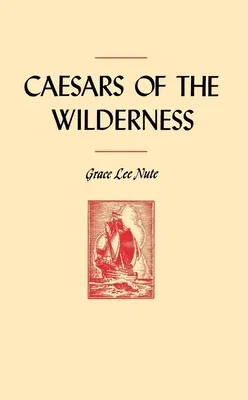Grace Lee Nute
(Author)Caesars of the WildernessPaperback, 15 March 1978

Qty
1
Turbo
Ships in 2 - 3 days
In Stock
Free Delivery
Cash on Delivery
15 Days
Free Returns
Secure Checkout

Part of Series
Publications of the Minnesota Historical Society
Print Length
430 pages
Language
English
Publisher
Minnesota Historical Society Press
Date Published
15 Mar 1978
ISBN-10
087351128X
ISBN-13
9780873511285
Description
Product Details
Author:
Book Format:
Paperback
Country of Origin:
US
Date Published:
15 March 1978
Dimensions:
22.81 x
15.75 x
3.3 cm
Genre:
French
ISBN-10:
087351128X
ISBN-13:
9780873511285
Language:
English
Location:
Saint Paul, MN
Pages:
430
Publisher:
Weight:
603.28 gm